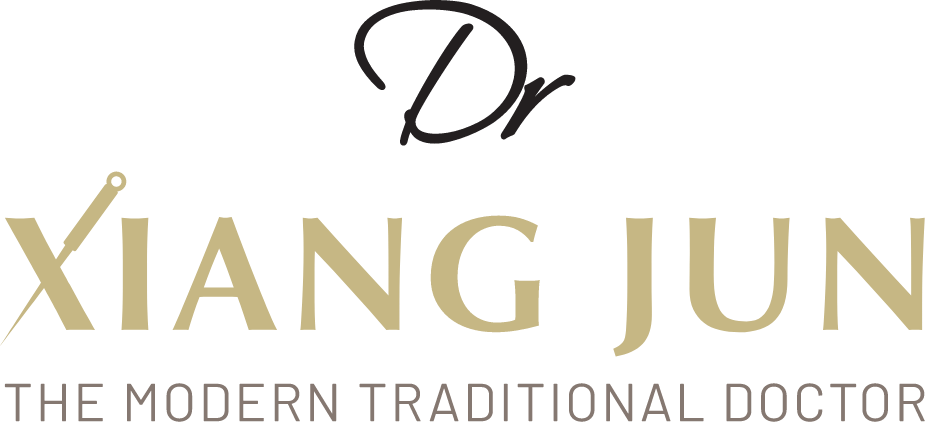Scientific Proof to How your Body react to Acupuncture - Sjögren's Syndrome
Frequent and regular sessions of Acupuncture are effective in the treatment of Sjögren's Syndrome.
Sjögren's syndrome (SS) is a chronic autoimmune disease characterized by ocular and oral dryness that results from lacrimal and salivary gland dysfunction. This syndrome is the second most common autoimmune rheumatic disease. Symptoms of dryness affect almost 90% of patients which reduces the quality of life of the patients.
Persistent dysfunction of the salivary and lacrimal glands in SS patients leads to oral and ocular complications. In addition to xerostomia and xerophthalmia, patients may suffer from speech and chewing difficulties, a decreased sense of taste, rampant teeth, blurred vision, keratitis, and conjunctivitis.
Currently, conventional medical topical use of agents such as cyclosporine, artificial tears, pilocarpine, and cevimeline improves dryness but the effect is not sustained. Furthermore, the efficacy of continued use of prednisolone, immunosuppressants, or bioagents on symptom amelioration remains unclear. Some SS patients treated with conventional Western medicine still have discomforts such as pain and fatigue.
Thus, many patients seek alternative treatment options, such as acupuncture.
Below are some of the many clinical studies that have reported that acupuncture is effective for the treatment and management of Sjogren’s Syndrome.
Read more about How TCM acupuncture works here.
Read another blog post here on Acupuncture and Traditional Chinese Medicine for Pain Management.
Conclusion: SS patients show improvements in Schirmer test results, longer tear break-up times, increased salivary flow, and reduced immunoglobulin G (IgG) levels following acupuncture treatment.
Conclusion: The results that EULAR Sjogren’s Syndrome Patient Reported Index (ESSPRI) and unstimulated saliva flow were improved significantly in both groups between before and after the intervention, implies that acupuncture benefits patients with symptoms of dryness. Acupuncture also improves subjective ocular dryness and promotes saliva secretion and symptomatic feelings.
Conclusion: Unilateral manual acupuncture stimulation at LI-2, a point commonly used in clinical practice to treat xerostomia, was associated with bilateral activation of the insula and adjacent operculum. True acupuncture induced more saliva production. Acupuncture at LI-2 was associated with neuronal activations in which such neuroimaging signal changes appear correlated to saliva production.
Further reading:
Everything you need to know about Acupuncture
Natural Alternatives or Chemical Drugs?
Scientific Proof to how your body reacts to Acupuncture - Eczema
Scientific Proof to how your body reacts to Acupuncture - Plantar Fascitis
Scientific Proof to how your body reacts to Acupuncture - Sinusitis
Scientific Proof to how your body reacts to Acupuncture - Snoring
Scientific Proof to How your Body reacts to Acupuncture - Stress Management
Scientific Proof to How your Body reacts to Acupuncture - Sciatica
Scientific Proof to how your body reacts to Acupuncture - Neck and Shoulder Aches and Pain
Scientific Proof to how your body reacts to Acupuncture - Urinary Incontinence





